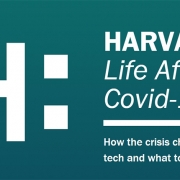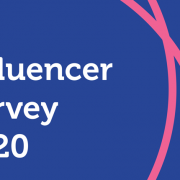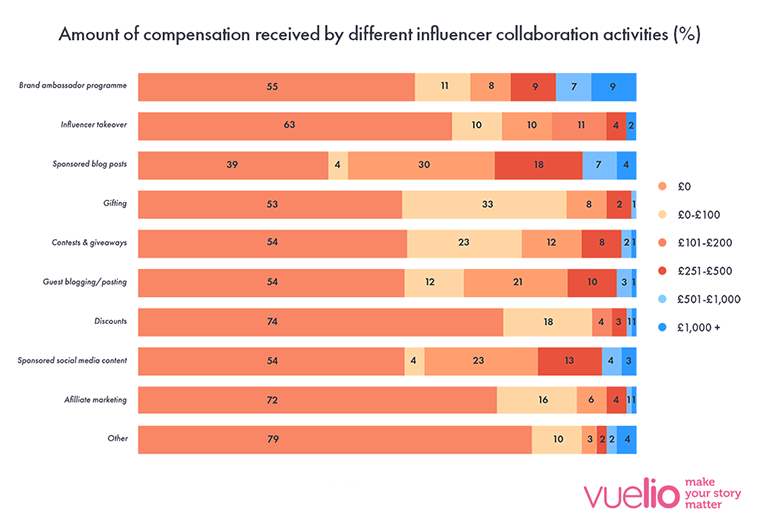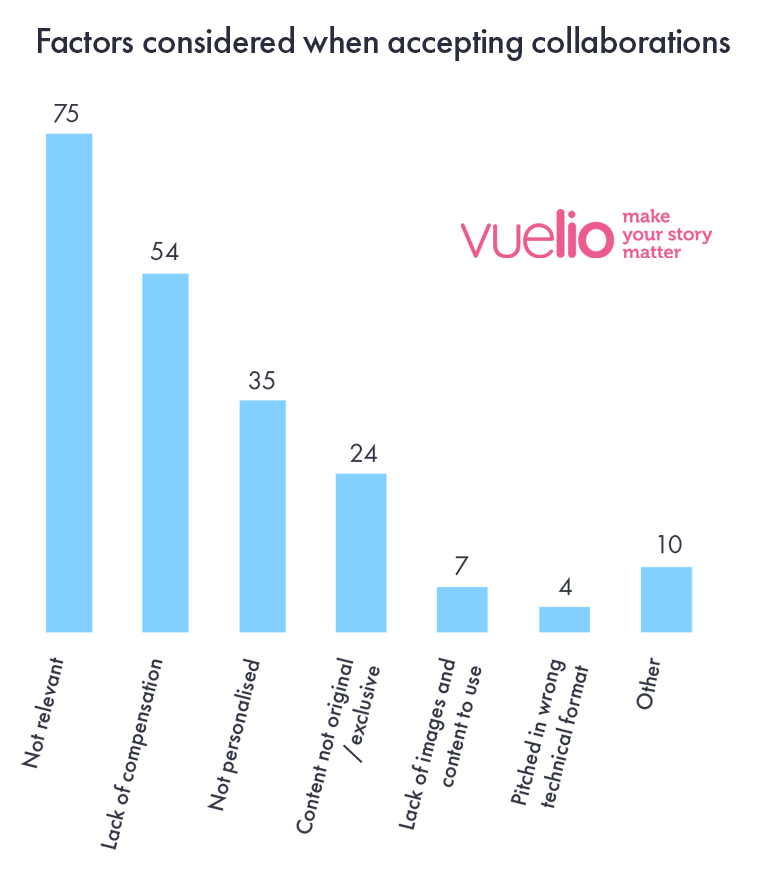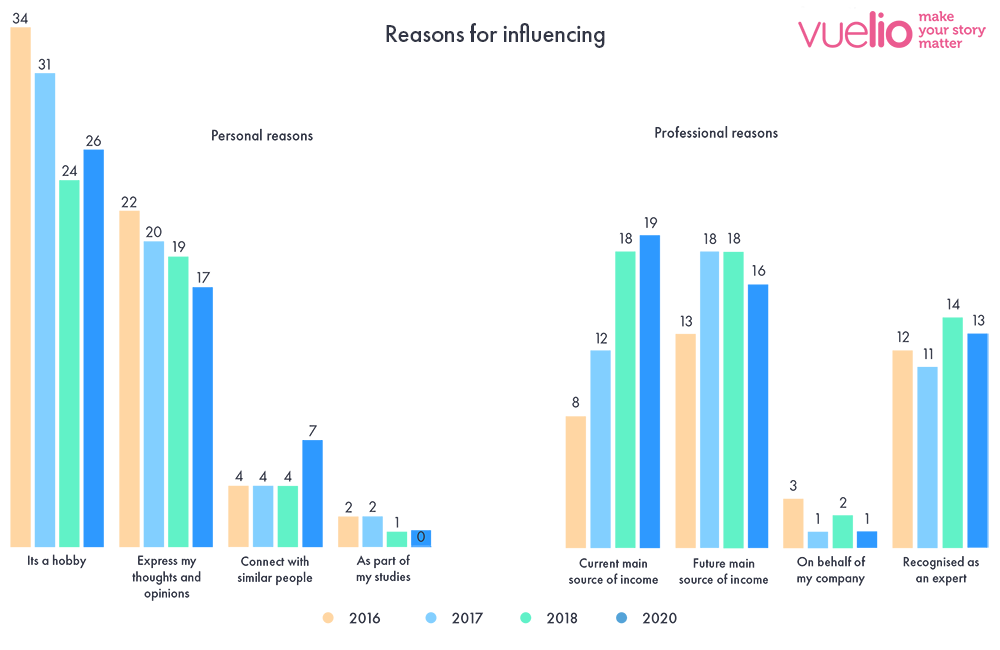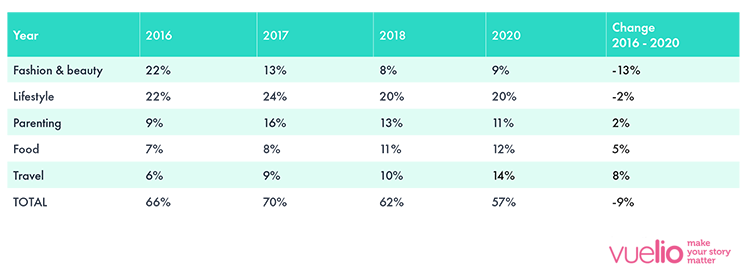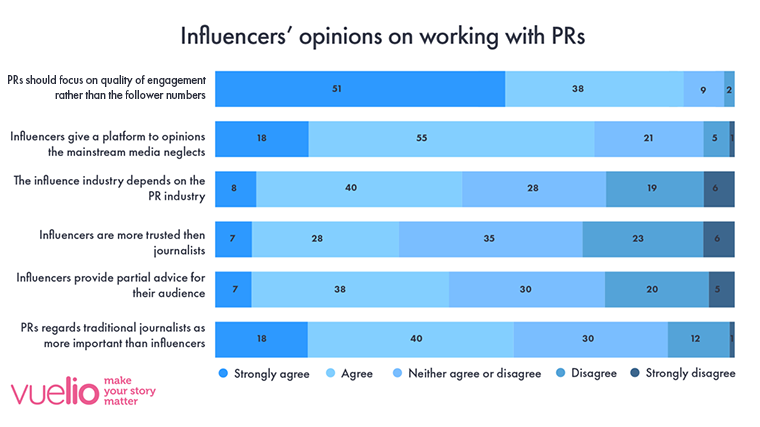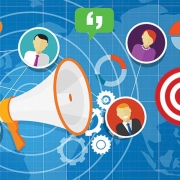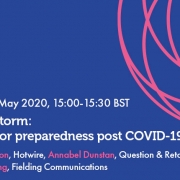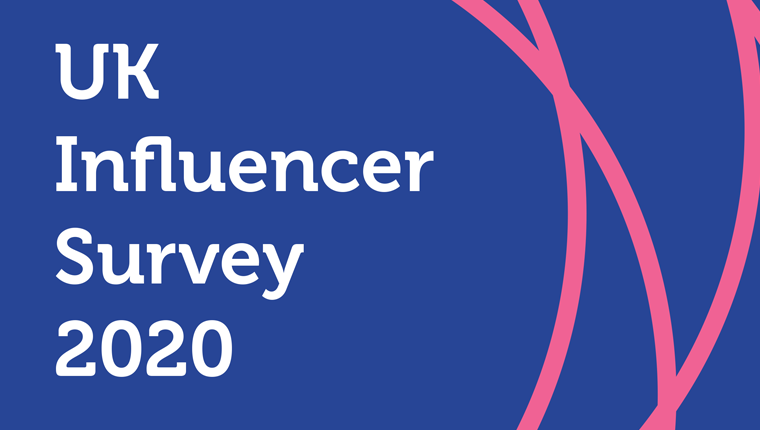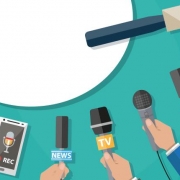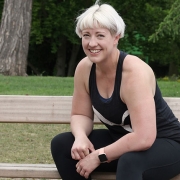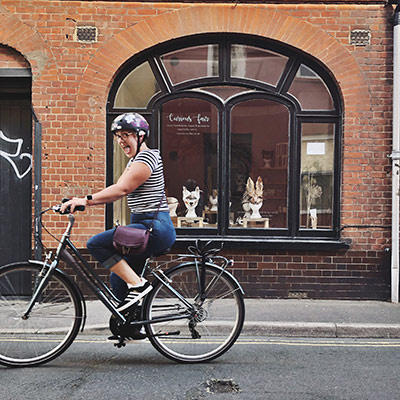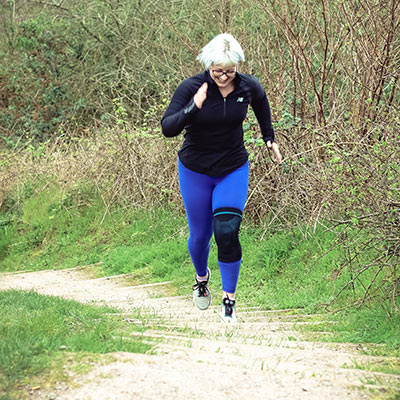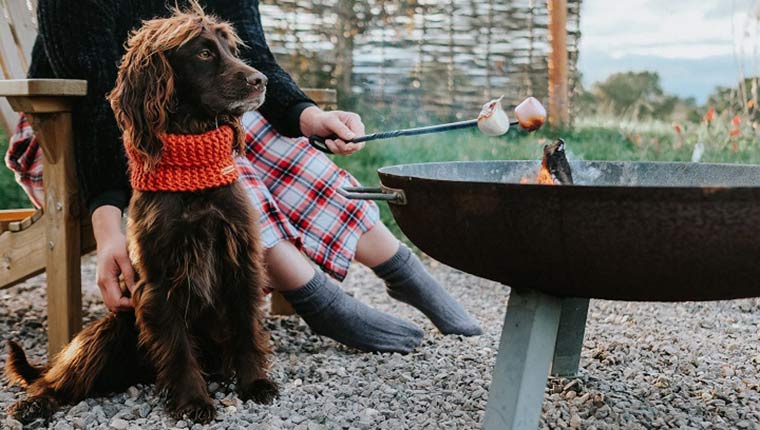Statistics on the spread of coronavirus, updates on advances in treatment, instructions on lockdown mental wellbeing and self-isolation safety – health journalists across the media are under increasing pressure to report accurate data and keep their readers informed on staying safe. Now more than ever, PRs can play a part in making this work easier.
The following mix of outlet-specific advice, general dos and don’ts, and lockdown-related changes to ways of working come from health and wellbeing journalists across national press, consumer magazines, online titles and trade – read on for how you can help them get useful information out to the public during the current crisis.
1. Be a help to health journalists who are working through these hard times
‘Contact me by email, setting out clearly whether the story is being offered exclusively or on an “all round” embargoed basis.
‘Please remember that we are in the middle of a pandemic and that any health stories not relating to coronavirus have to be of very high news value to have any chance at all of being covered.
‘Due to childcare duties, I’m working very irregular hours, often late at night, so notification of potentially stories, ideally 24 hours in advance of intended publication, is very helpful.
‘I’m grateful for all suggestions, especially London exclusives, so please keep making them – don’t be disheartened by a refusal (or failure to respond). Your next story idea may be a winner.’
Ross Lydall, health editor and City Hall editor at the London Evening Standard
2. Be mindful of how a journalist’s routine may have changed during lockdown
‘It’s business as usual for me, but if there’s samples, they can go to home addresses.’
Lucy Gornall, editor of Feel Good You, health & fitness editor of TI Media’s Life & Style Portfolio including Women’s Weeklies and Woman & Home
3. Get the right content to the right journalist in the right format
‘Now more than ever, health content needs to come from a credible, evidence-based source (it is not the time to send CBD or turmeric press releases, or sales-led content).
‘For Healthcare Newsdesk, which targets healthcare professionals, we still ask for contact via email. However, for our other news sites, to reduce the exceptionally high volume of email we are receiving, we are asking PRs and individual content creators to submit content via our news submission system. You can find the submission links for all our news sites in one place.
‘If PRs are able to also upload a landscape image to accompany the piece, that really helps us publish more quickly.’
Lisa Baker, editor across Wellbeing News, Healthcare Newsdesk and more
4. No reply on the first try? Trust that the journalist will write about it if it’s relevant
‘Look at my website before sending something – it’s a health website, particularly healthy lifestyle. It’s not medical, so I don’t want loads of stuff about vaccines and medication and I don’t promote products for the sake of it. If it’s something relevant (say a new Vitamin C product) and I’ve tried it, I will most likely write about it.
‘Email is best and if you don’t get a reply twice, forget it.’
Frances Ive, editor at HealthySoul.co.uk
5. Don’t be a gatekeeper when introducing contacts and spokespeople
‘I’d prefer to hear direct from the business owner, even if the PR links to a short video from them. I also prefer a more conversational and less formal approach.
‘If I get sent a generic “Hi, this is info on XXX”, I delete within three seconds of opening. And please don’t send attached images, especially if large files!
‘I get upward of 30 pitches each day from PRs wanting free editorial space in our magazine. The approach is bland, and the same as I’d imagine has been used for decades – it no longer works.
‘I fully understand the PR necessity – but PRs need to think of a new way of working with publishers and the business owners in closer proximity and not try to be the gatekeepers.’
Susan Hay, CEO and founder of Thrive Magazine and Media
6. Monthly consumer titles won’t want fast news – ensure what you’re pitching fits with the outlet’s deadlines
‘When I looked after health, I hated getting news-related emails. I still get a glut of lockdown/virus-related info, but Prima is a monthly mag so we’re looking forward to July/August now.’
Karen Swayne, features editor at Prima
7. Health bloggers require a different approach to journalists
‘I don’t find it particularly helpful when press releases are written as if they’re company newsletters. For instance, the press release contains first person pronouns. A press release should be written from a third-party point of view.
‘I also prefer a press release to be sent as it is; I don’t need to read long and boring introductions. An excellent press release is one that is direct to the point, with hi-res image, and has been proofread.’
Dennis Relojo-Howell, founder of Psychreg
Help busy health journalists keep their readers informed with relevant studies, spokespeople and information via the Vuelio Media Database.


